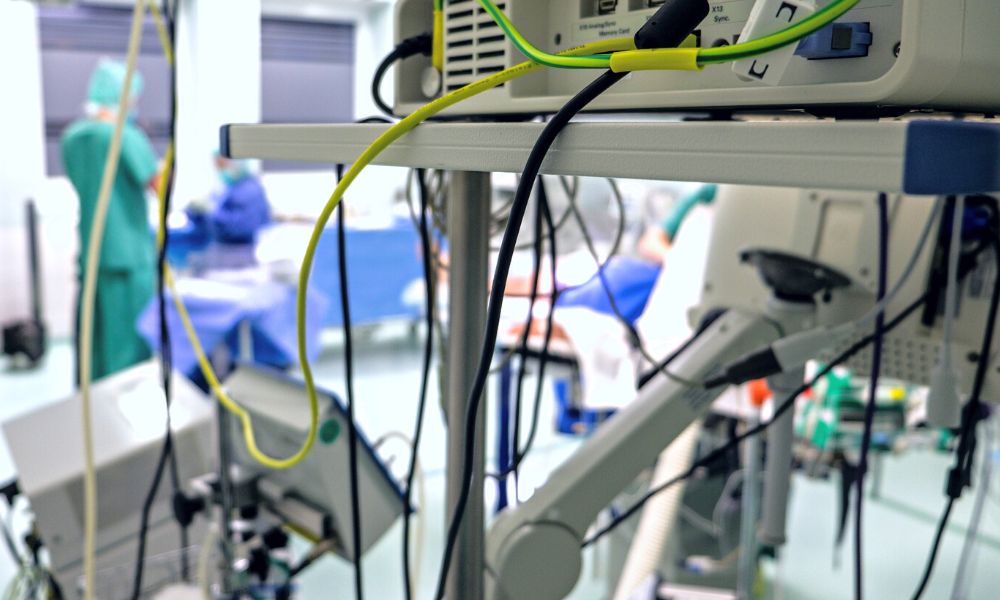
Devices in hospitals have power cables that supply energy. Like most hospital technology, these power cords must meet certain requirements before they are safe for patients and hospital staff. Read on to find out the requirements of hospital-grade power cables and their importance.
Durability Against Wear
Hospital work is essential to maintain the health of many patients, and the equipment must be durable to prevent disruption during treatment. Hospital-grade power cables have thick jackets for durability. This jacket will prevent damage from blunt force, heat, and punctures.
These cords are intended for long-lasting use and need the right jacket to withstand wear and supply energy. The large cable also carries more copper wire, which supplies more electricity and creates a reliable power source for patient machines.
The cable will undergo various tests, such as heat or impact resistance tests, to ensure durability. The testing process is vital to ensure these cords are reliable for hospital use.
Solid Blades and Grounding Pins
The blades and grounding pin are necessary to supply power from a given source. These metal parts need a durable material, such as brass, that prevents bending and will supply a stable charge as a conduit. The grounding pin is essential for the cable to prevent excessive electrical flow that could overcharge the machine or cause a shortage, making sturdiness essential.
Hospital machines will often move around a room for the convenience of treatment. A device may move at an angle, tugging at a power cable plugged into an outlet and straining the blades and grounding pin.
The metal must maintain its form without bending or yielding to applied force in order to prevent any discontinuities in power for the connected devices. The metal will undergo tests similar to cable jackets to ensure the blades or grounding can function despite sustaining damage.
UL Certified
Hospital-grade power cables will have a green sticker indicating they meet the UL standards for use inside medical facilities. This green dot is specific to these cables and proves they underwent testing and have the best materials to supply power. Any power cord without this sticker used in the treatment of a patient is uncertified and may lead to penalties for improper equipment use.
Length
The requirement for hospital-grade power cable length isn’t specific, but it will derate when its length exceeds 50 feet. This standard prevents longer cables from becoming tripping hazards and keeps a regulatory length for most hospital rooms. The power cable length will also organize other cords and components connected to a medical device, such as a mobile CT scanner with a coaxial cable connector for imaging.
Hospital-grade power cables must meet various requirements for use. Ensure your power cords for hospitals have the features they need; if you see the green dot in between the two blades, know it has the necessary certification.



